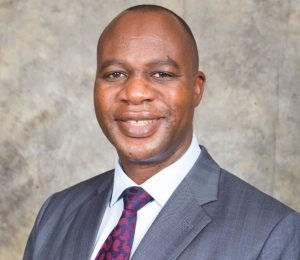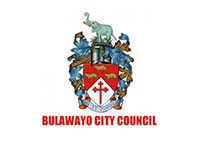
THE country’s banking sector is grappling with multiple challenges that have significantly constrained its ability to lend, according to the Bankers Association of Zimbabwe (BAZ).
Among the primary issues are the absence of a lender-of-last-resort function for United States dollar-indexed transactions and a prevailing liquidity crisis in the market.
This economic turbulence has led banks to adopt a cautious approach to lending, with prolonged market volatilities making them wary of extending credit.
However, businesses urgently require substantial funding to recover from the ongoing economic crises.
As a result, Zimbabwe's loan-to-deposit ratio fell behind that of neighbouring countries like Malawi and Botswana between April and June this year, according to BAZ statistics.
BAZ president Lawrence Nyazema told the Zimbabwe Independent that local banks were required to set aside funds to maintain a prudential liquidity ratio of 30%, which effectively reduces the amount of money available for lending.
“Zimbabwe banking industry loans to deposit ratio stood at 57,7% in June 2024, compared to Malawi (59,7%) and Botswana (73,3%),” he said.
“Zimbabwean banks also have to set aside funds for prudential liquidity ratio of 30%, statutory reserve ratios of 15% and 5% on ZiG demand and savings and time deposits, respectively, and SRR (statutory reserve ratios) of 20% on foreign currency demand deposits and 5% on foreign currency time and savings, which reduces the loanable funds.”
- Ex-Q, Winky D, Baba Harare head for Odyssey
- Junior Sables lament Matipano loss
- Who was the real Elvis Presley?
- Bazooker, Jah Master, Mathias Mhere for Beitbridge braai fest
Keep Reading
“Zimbabwe, unlike the other countries where central banks provide an overnight accommodation window as part of the lender of last resort function, there is no lender of last resort function on the US dollar business.
“As such, banks have to be more cautious when lending in US dollars as liquidity risk is high,” Nyazema added.
World Bank statistics show that Zimbabwe's bank deposits-to-GDP ratio stood at 15,9% in 2021, a figure considerably lower than Zambia's 23,2%, Botswana's 47%, Kenya's 35,9%, Mozambique's 51,2%, and South Africa's 60,4%.
Nyazema pointed out that this indicates a significant funding limitation in the Zimbabwean market.
Despite these challenges, Nyazema noted that based on World Bank data and current market dynamics, Zimbabwean banks appear to be reasonably loaned out.
However, experts believe that many borrowers are taking advantage of inexpensive bank loans to engage in foreign currency trading, profiting from the growing disparity between formal and parallel market rates.
Economic analyst Vince Musewe cautioned that long-term loans are particularly risky due to currency uncertainties.
“The issue of currency uncertainties including depressed economic growth results in long-term loans being high risk. Banks must take account of these to avoid bad debt or non-performing loans,” he said.
UK-based economic analyst Chenaimoyo Mutambasere echoed similar concerns, stating that Zimbabwe's persistent economic volatility, including high inflation and currency fluctuations, makes lending riskier for banks.
“The persistent economic volatility in Zimbabwe, including high inflation and currency fluctuations, makes lending riskier for banks,” she said.
“This uncertainty impacts their willingness to extend credit. Due to the challenging economic environment, there is a heightened risk of loan defaults.
“This risk deters banks from lending aggressively. This could be mitigated if the financial services industry had reliable risk rating as part of know your customer protocol.
“So usually, banks can only lend to customers who have asset security. This inherently excludes most potential borrowers,” Mutambasere said.
She also noted that due to a trust deficit, Zimbabwe has a high unbanked adult population, which means that banks may not be adequately capitalised due to low deposit levels.
In May this year, Nyazema said banks in Zimbabwe held approximately US$2,7 billion in deposits, with nearly 90% denominated in foreign currency.
He estimated that credit lines contributed an additional US$300 million to US$400 million, bringing the total available lending pool to roughly US$3 billion.






